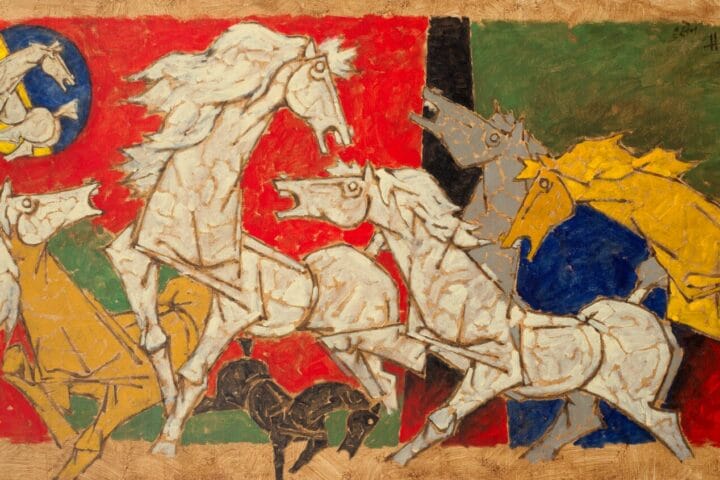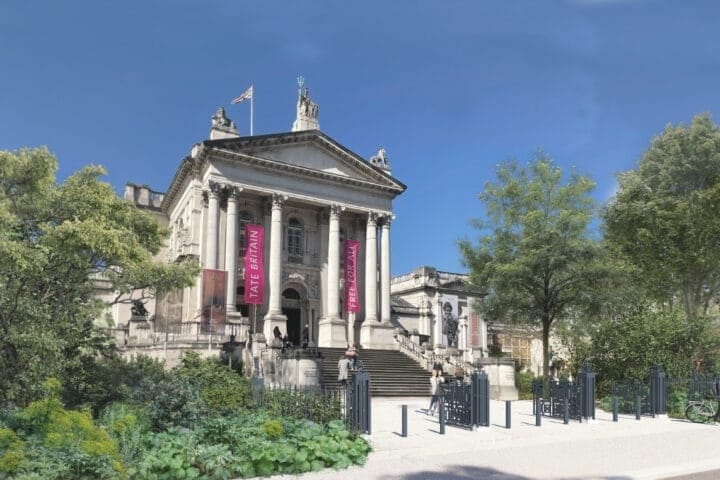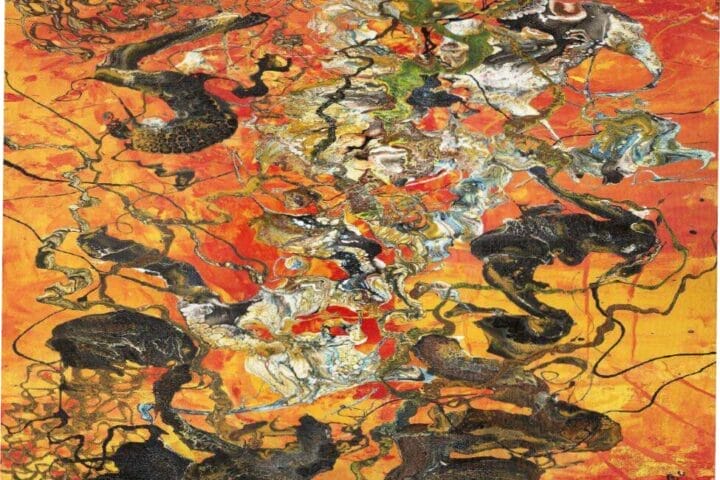JoAnne Artman Gallery, Presents:
A New Series of Exclusive Online Exhibitions, Introducing:
HOW THE WEST WAS WON: FEATURING AMERICA MARTIN, BILLY SCHENCK, GREG MILLER + JAMES WOLANIN
ON VIEW: March 20th, 2020 – May 1st, 2020
Find Our Exhibition @: HOW THE WEST WAS WON-ONLINE EXHIBITION
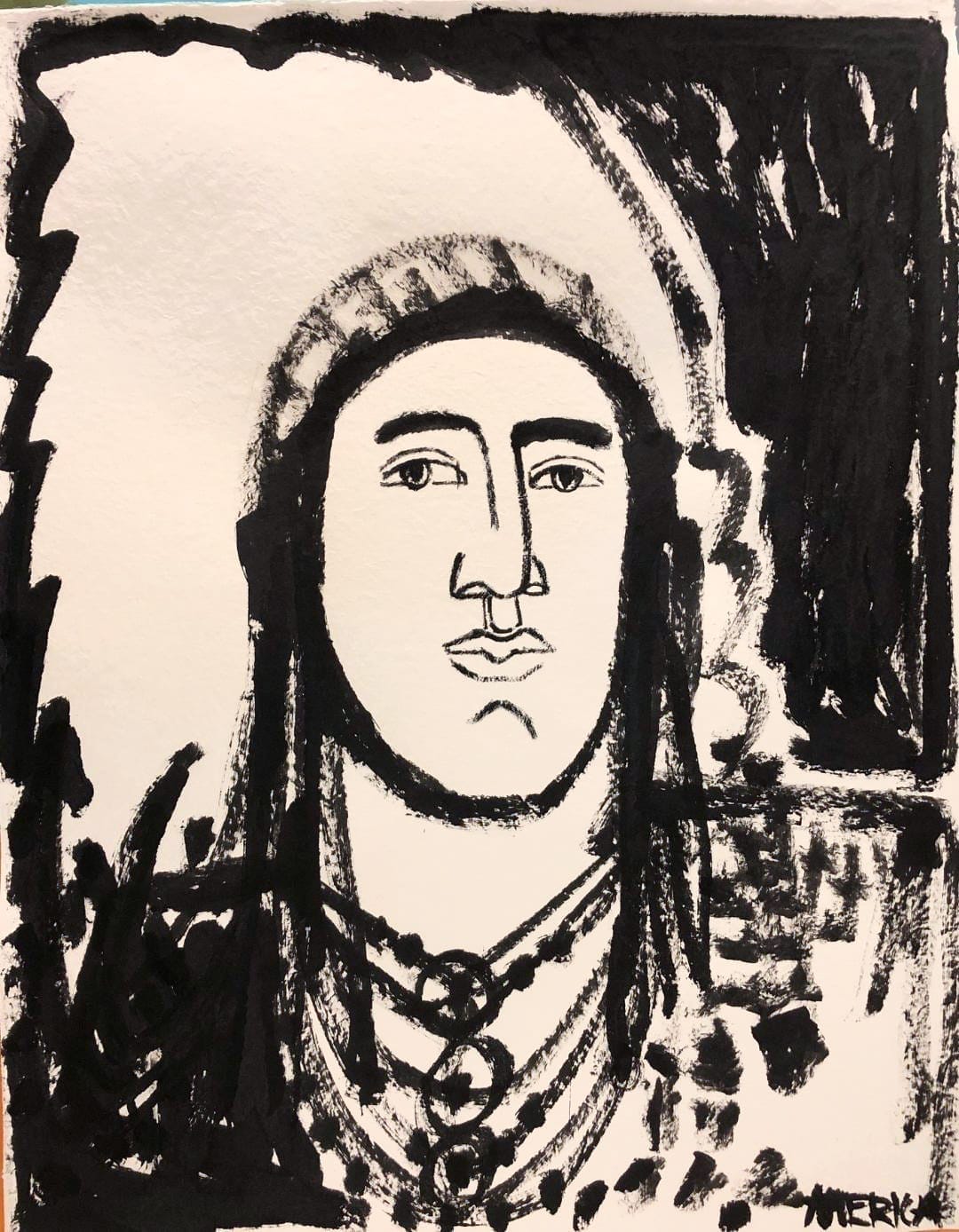
America Martin
Untitled Native
Oil + Acrylic on Paper
61.5 x 48.5 inches, Framed[/caption
JoAnne Artman Gallery
326 N Coast Highway. Laguna Beach, CA 92651 + 511A W 22nd St. New York, NY 10011
Contact: JoAnne Artman, Telephone: 949-510-5481 + E-mail: joanneartman@aol.com
Website: www.joanneartmangallery.com
How The West Was Won
The romance of the Old West reminds modernity of the freedoms it represents in our imaginations. Artists America Martin, Billy Schenck, Greg Miller and James Wolanin incorporate the legacy of Western Expansion into their art.
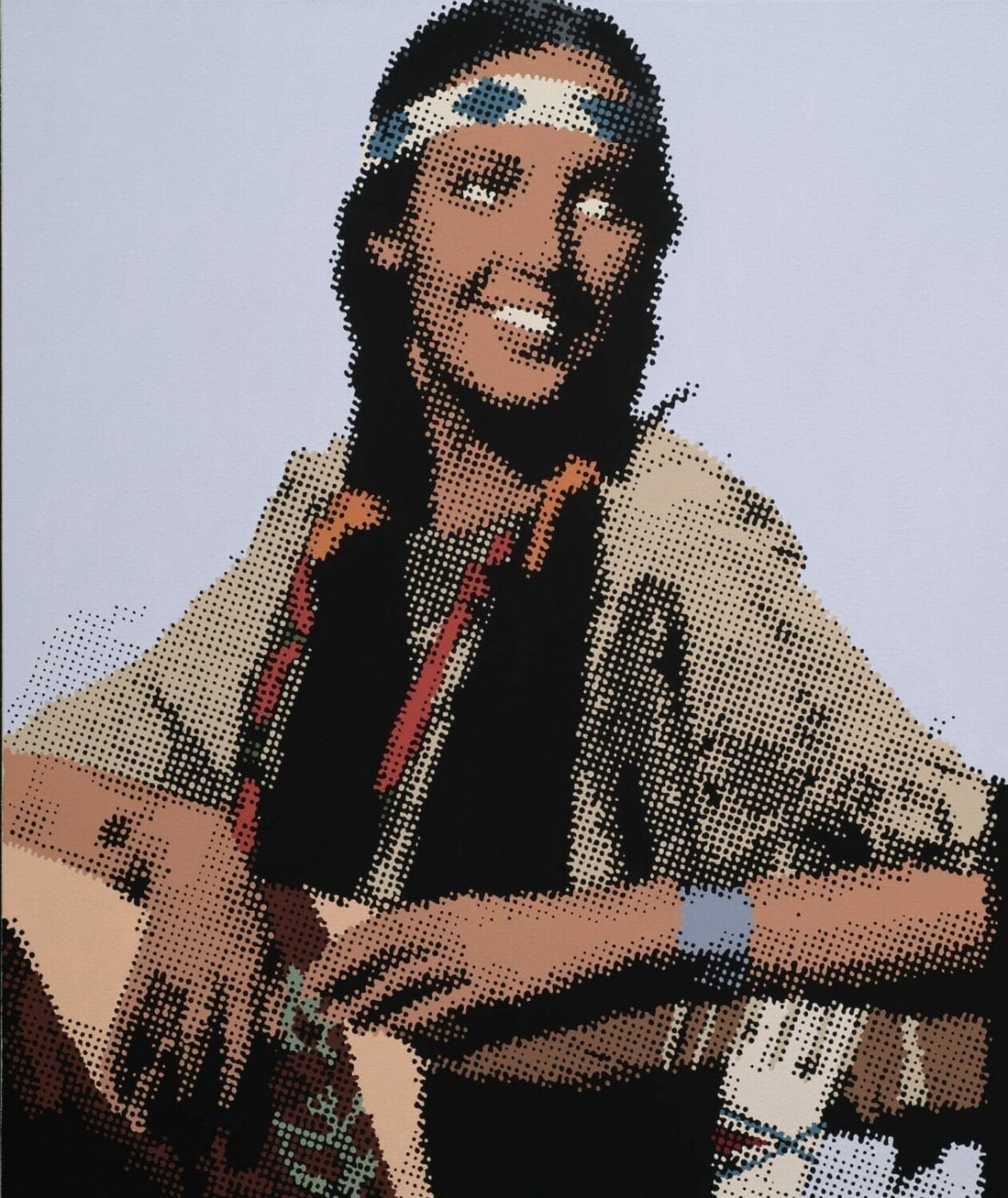
Indian Maiden
Oil on Canvas
37.62 x 31.62 inches, Framed
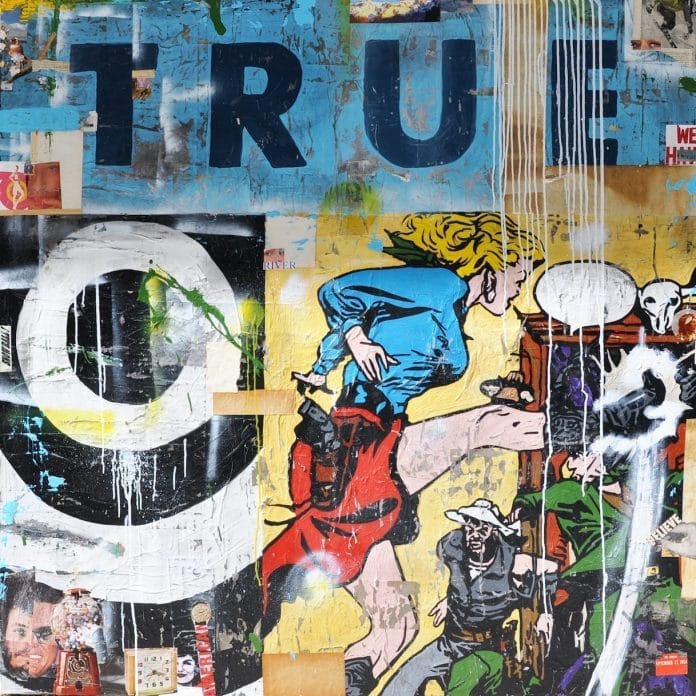
Greg Miller
True
Acrylic, Collage Paper, Resin on Panel
60 x 60 inches
Abundant in history, landscape and folklore, the American Frontier was once synonymous with the cowboy’s take on the American Dream. The romance of the Old West and the temptation of corruption and vigilantism that juxtaposes its unbridled purity remind modernity of the freedoms it represents in our imaginations. Visually mythologized by the vast spaces and liberties inherent in the genre, the aura of a land continually regenerated through dreams of independence and gratification remains an innovative locale for both the entertainment industry and for consumers’ fantasy.
The idealized West of shootouts and damsels in distress has been ingrained into the American identity, and its celebrated culture has tremendous influence on television, movies, clothing, art literature, and poetry. Examining how dime novels, pulp fiction art, comic books, and other forms of visual art created these fictional, often sensational, versions of people, places, and historical events of the West, artists America Martin, Billy Schenck, Greg Miller and James Wolanin examine these themes and incorporate the legacy and fantastical elements of Western Expansion into their art
LA-based artist America Martin draws inspiration from her Colombian heritage, the natural world, as well as the landscape of Southern California. Her work frequently features the human figure shown in relationship to nature, with animals and plants used analogously to traits of personality. Martin works in a variety of media including painting, drawing, printmaking, and sculpture, yet her unique use of line and portrayal of form is notable across medium. Luscious, generous strokes of the brush, thick layers of paint and a bold use of line are signatures of her work, with much attention paid to composition. Martin often treats the figure and background with equal importance. In her recent body of work, she returns to the subject of Native American portraits, mixing indigenous motifs with her signature style and featuring depictions of the human form as solid, grounded, and in tune with its environment and spirit.
Billy Schenck utilizes specific frames of reference in his oil on canvas depictions of the American West, establishing visual links between notable moments of American and film history, along with the history of visual modes of production. Stark contrasts, use of pattern, vivid hues, and a pop sensibility imbibe the work with a contemporary edge, while taking on some of the most popular tropes of Hollywood’s film industry. Frequent motifs in Schenck’s work include heroes, villains, the seductive femme fatale, as well as alluring imagery of Native American figures, frequently juxtaposed with subversive text or a winking acquiescence via visual symbols or motifs. Schenck sources his imagery from both personal references as well as historical sources such as newspapers and other print media tying his personal narratives to those that came before.
Greg Miller’s mixed media approach ties together the history of Pop Art, the processes of collage and assemblage as well as the concepts of urban decay and collective memory. Utilizing collected paper ephemera, Miller draws on his urban Californian roots to create tangible, evocative, visual narratives across his compositions through both image and text, with moments of poetic juxtaposition and historical allusion. Often using historical texts, illustrations, newspaper and photographs as a base, Miller completes the works with elements of typography as well as the painted form resulting in visual landscapes of great narrative depth. Miller’s unique brand of Americana celebrates as well as notes our ties to iconic imagery that transcends the conventions of the passage of time.
Bridging the past with the present, James Wolanin’s paintings transport the viewer to an effervescent, candy-coated world inspired by vintage advertisements, photographs, and the artist’s own childhood memories. Identifying with Pop artists like Andy Warhol and James Rosenquist, Wolanin taps into our culture’s collective visual conscious, creating vibrant, stylized reflections of American life. Sunny skies, bright smiles, and carefree Sunday drives characterize the artist’s utopic vision, which blends nostalgia for mid-century America with a contemporary aesthetic. He forms each painting through an innovative stenciling technique that builds layer upon layer, color upon color, and concludes with a coating of surfboard resin. Beneath their glossy, seductive surfaces, the paintings swirl with intriguing psychological substance: Wolanin does not simply paint a scene, but constructs a fragment of narrative.
At the end of epic western film, How the West Was Won, narrator Spencer Tracy concludes: “The west that was won by its pioneers, settlers, adventurers is long gone now. Yet it is theirs forever, for they left tracks in history that will never be eroded by wind or rain – never plowed under by tractors, never buried in compost of events. Out of the hard simplicity of their lives, out of their vitality, of their hopes and sorrows grew legends of courage and pride to inspire their children and their children’s children. From soil enriched by their blood, out of their fever to explore and be, came lakes where once there were burning deserts – came the goods of the earth; mine and wheat fields, orchards and great lumber mills. All the sinews of a growing country. Out of their rude settlements, their trading posts came cities to rank among the great ones of the world. All the heritage of a people free to dream, free to act, free to mold their own destiny.”
These artists will inspire, provoke, engage and mesmerize. With visual perceptions always changing, peek behind the stories told and you’re sure to find the right artistic expression.









